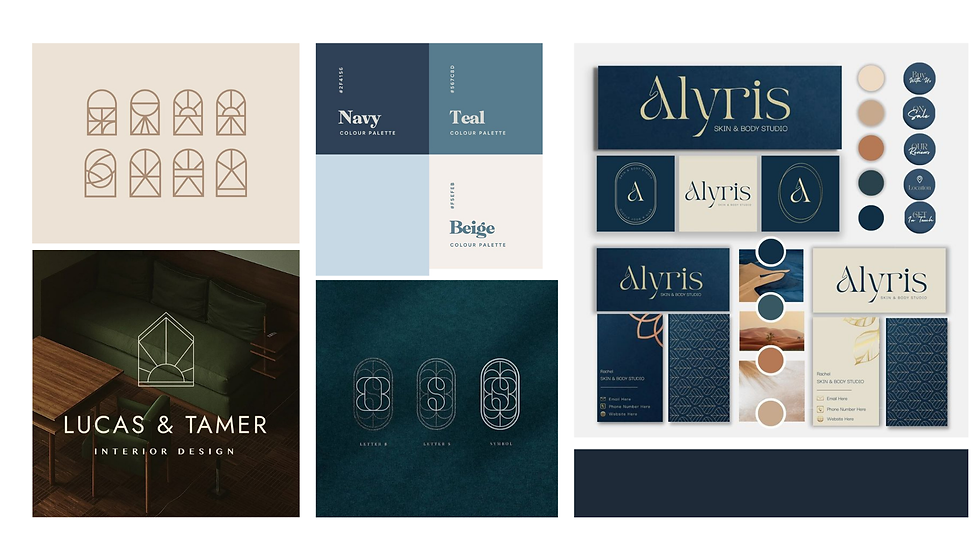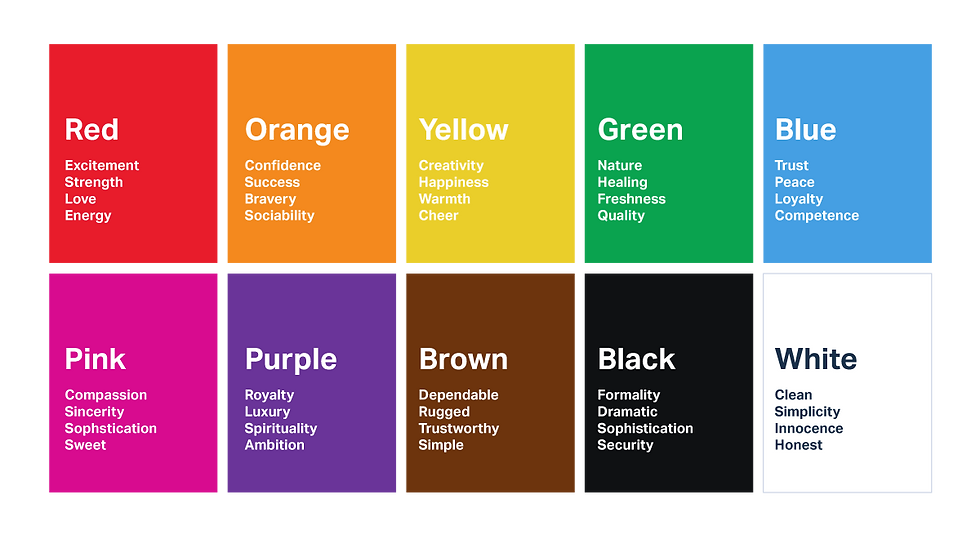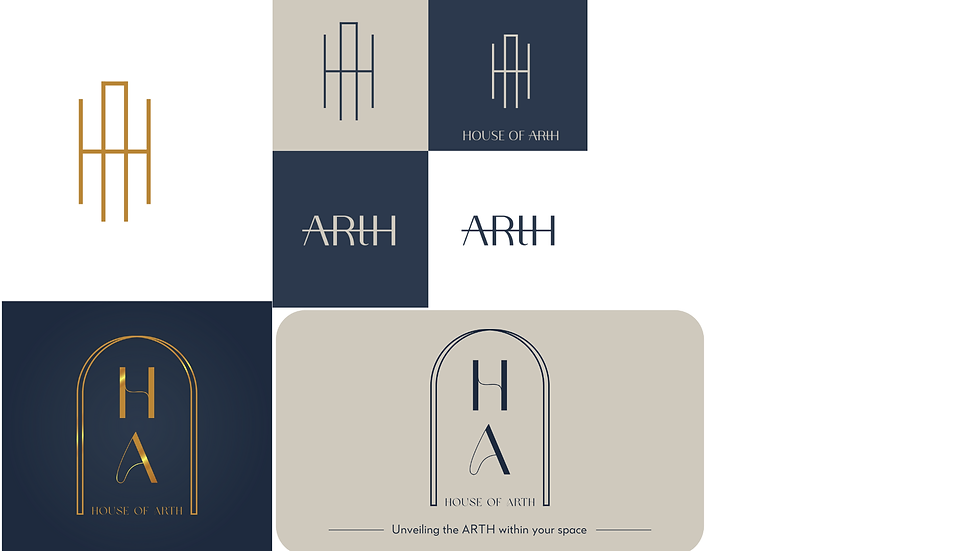How to Brief a Designer Without Using the Word “Minimal”
- anckur agarwal
- Jun 2
- 2 min read
If you’ve ever told a designer you want your branding to be “minimal,” you’re not alone—and they probably groaned a little inside. Why? Because “minimal” can mean a hundred different things. To get branding that actually reflects your business, you need a design brief that goes beyond vague adjectives.
Here’s your fun but practical guide to briefing a designer like a pro—without ever saying “minimal.”
1. Describe Your Brand’s Personality
Your brand isn’t just a logo—it’s a vibe. Is it bold and rebellious? Soft and nurturing? Luxe and refined? Instead of “minimal,” try describing how you want people to feel when they interact with your brand.
Prompts to ask yourself:
If your brand were a person, what would they wear?
What music would play in your store or Instagram stories?
What three words describe your dream customer?

2. Define Your Audience
Designers need to know who they’re designing for. A logo that works for Gen Z skaters won't suit a luxury skincare line targeting professionals in their 40s. Be specific!
What to include:
Age range
Gender identity (if relevant)
Lifestyle, interests, and habits
What attracts or repels them visually
3. Share Your Business Goals
Are you launching a new product? Rebranding to raise prices? Expanding to a global market? Your designer can align visuals with these business objectives if they know the destination.
Helpful context to share:
Short- and long-term goals
Any metrics or milestones (e.g. increase DTC sales by 25%)
Your unique selling proposition (USP)

4. Be Honest About Colors
Don’t just say you want “neutral tones” or “pops of color.” Be clear about what you do and don’t like. Better yet, send a color palette—or even a few you hate. Designers appreciate guardrails.
Tips:
Share your color loves and hates
Mention cultural or industry color associations
Include existing assets, if you have them

5. Show Inspiration (and Explain Why You Like It)
Gather logos, packaging, websites, or Instagram grids you like—and tell your designer why. Saying “I love this” isn’t enough. Is it the font, the spacing, the color layering?
Where to find inspo:
Pinterest boards
Behance portfolios
Dribble design shots
Instagram hashtags like # brandidentity or # packagingdesign

6. List Your Real-World Use Cases
Designing for a website is different from designing for a food truck or subscription box. Tell your designer exactly where your branding will show up so they can design for scale, legibility, and impact.
Examples of use cases to list:
Packaging
Menus
Instagram and TikTok
Newsletters
Apparel and merch
Signage or event booths

Final Thought: Clarity Beats Buzzwords
Designers are visual translators. The more specific and visual your brief, the better they can bring your brand to life. So next time you're tempted to say “something minimal,” try giving them a vibe, a use case, and some visual references instead.
Your dream design starts with a great brief—so let’s ditch the buzzwords and get intentional.


Comments